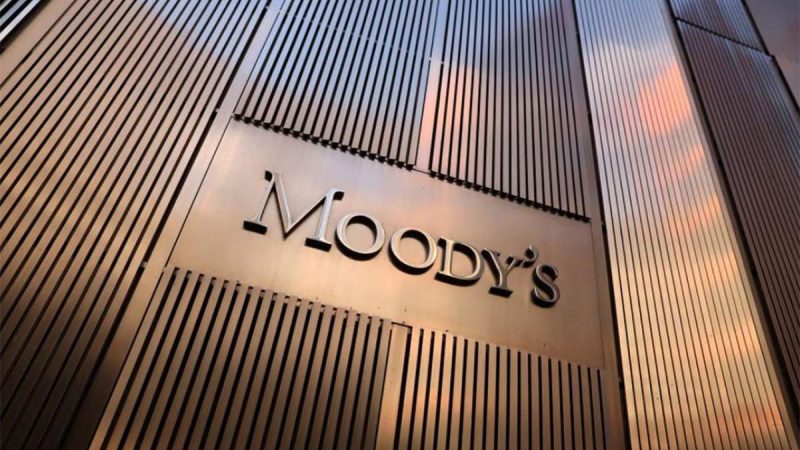The banking system of the United States shook, and several financial institutions witnessed a collapse. Following this, several authorities from the U.S. government clarified that the banking system as well as the economy were robust. However, Moody’s Investors Service suggests otherwise.
Moody’s, one of the Big Three credit-rating agencies, warns that the growing danger surrounding the banking system might spread to other facets of the U.S. economy. The agency believes that this situation is causing more financial and economic harm than anticipated.
Further elaborating on the risk that follows, Atsi Sheth, Moody’s managing director of credit strategy wrote,
“[Officials] will be unable to curtail the current turmoil without longer-lasting and potentially severe repercussions within and beyond the banking sector.”
Just last week, Moody’s changed its banking system outlook from stable to negative. According to the agency, this action follows the “rapid deterioration in the operating environment.”
However, according to the agency’s most recent note, American authorities will “broadly succeed.”
Here’s how the U.S. banking system troubles are expected to spill over
Moody’s went on to label one of the three ways in which banking system problems might spread more broadly as “most potent.” This reflects a broad aversion to risk among financial market participants as well as a move by banks to reduce lending availability. The agency says such a scenario might lead to the “crystallization of risk in multiple pockets” at the same time.
The agency further wrote,
“Over the course of 2023, as financial conditions remain tight and growth slows, a range of sectors and entities with existing credit challenges will face risks to their credit profiles.”
In addition to this, Moody’s also notes that banks aren’t the only ones that could be impacted by the contagion. Entities similar to financial institutions will also carry a similar risk as troubled banks.
Furthermore, a second possible source of spillover is private and governmental enterprises’ direct and indirect exposure to problematic banks. This includes deposits, loans, transactional facilities, vital services, or ownership in those banks’ bonds and stocks.
Lastly, according to Moody’s, one way for financial troubles to spread more broadly is if policymakers, who have their eyes on inflation, are unable to adapt effectively enough to evolving conditions.





